We’ve all heard of the term the “hot hand” in the context of sports. Basketball players go from missing every shot, to scoring in streaks. Sometimes players are in such a “zone” that he or she seemingly can’t miss a shot. Baseball players also tend to hit home runs in bunches.
Throughout my career and through my research at Wharton, I’ve studied the phenomenon of the “hot hand” as it relates to the way consumers tend to buy products and services or consume content. Simply put, customers who consume or buy content in bunches, then go away and come back and buy in bunches, are more valuable to companies than customers who buy at a steady pace.
Don’t believe me? Let’s take a deeper look at how measuring binge consumption by customers, or what I call “clumpiness,” can be applied to maximize Customer Lifetime Value, yielding stronger sales and marketing ROI over time.
Maximizing Customer Lifetime Value with clumpiness
CLV is universally accepted as a central tenet of marketing today. In both academia and practice, it is looked upon as a goal of firm value maximization. That is, more profitable firms recognize that CLV maximization yields greater cash flows and higher long-run profits.
Relatedly, mathematical models that allow these firms to predict CLV are commonly based on a framework commonly called RFM.
- Recency – How recently did a given customer make a purchase?
- Frequency – How often they made a purchase?
- Monetary Value – How much did they spend?
These are the cornerstones of CLV calculations and segmentation used by countless marketers and I’m here to tell you: They’re wrong!
Well, sort of. They are incomplete.
Through research, I have demonstrated and introduced that not only are RFM crucial components to calculating CLV; there is one additional dimension that MUST be factored in: clumpiness (C) or as some refer to it, binge consumption.
The hot hand
Let’s go back to the hot hand example and the player who is scoring points in bunches. Now, juxtapose over the world of marketing and consumers and you have clumpiness, AKA consumers who buy in bunches.
My research shows those who consume or buy content in bunches, then go away and come back and buy in bunches, are more valuable than other customers.
Let me put that another way. If a given brand knew both – how clumpy a consumer’s behavior is AND how frequently they buy – the better predictor when it comes to their future CLV is their clumpiness. I realize that may seem shocking, but it’s true. My research clearly illustrates that brands/marketers should be tracking someone’s clumpiness over time because that’s extraordinarily predictive of their CLV.
Across the board, marketers see far stronger results when they use RFMC data versus only using RFM. By focusing on clumpy consumers as their most valuable customers, brands can realize far stronger CLV and profitability.
With that overview in mind, let’s take a deeper look at what various brands have done to improve CLV and better target their marketing to encourage binge purchases by consumers.
Digital consumers behave more clumpily
We’re all familiar with binge-watching a series on Netflix, or other binge consumption of content from YouTube to gaming. But consumers have expanded this behavior beyond digital content and we’re now seeing it everywhere — from shared services such as AirBnB, Lyft and Uber to retail and online purchases.
A variety of different factors can drive clumpy behavior. In the case of content, the key driver is availability. For example, Netflix releases a new season of a given show, and suddenly everyone wants to watch it ASAP. They literally plan their lives around it.
Consumers can go weeks in between major purchases and then get the “hot hand” making multiple purchases or consuming an unusual amount of goods or services in a short period, or spending more money in a concentrated time.
The two sides of being clumpy and the demographic view
There are two types of clumpiness when it comes to consumers – visit clumpy and purchase clumpy. Consumers who are visit-clumpy are akin to the classic “window shoppers” of yesteryear. They visit both online and offline channels without necessarily making a purchase. In contrast, purchase-clumpy shoppers are far more valuable over time.
As a part of our research, we examined multiple retailers in specific product categories. Among the key findings were that millennials are more clumpy than other generations and that women are clumpier than men.
With marketers struggling to figure out how to market to millennials, this information can be helpful. By understanding clumpiness as a key facet of CLV, brands are turning the corner and seeing better results.
By understanding clumpy behavior, knowing to look for it and analyzing the level of clumpiness, marketers and other key decision makers gain a new metric for measuring and predicting CLV and choosing which customers to focus on and when. They can also gain a better understanding of customer satisfaction and react to it faster.
Defying the odds
When I first set out to conduct the research, I would have bet that the, findings would indicate that regular buyers were more loyal than those who buy in clumps. Well it turns out that my research, as well as others, suggests that regular buyers are in fact not more loyal.
Many times these are subscription customers and in fact, just buy without even thinking about their repurchase decision. A lot of research shows right now this is how you lose money. You take someone that buys in a regular pattern and try to upsell them because they don’t even think that they’re buying in a regular pattern.
We call it “poking the sleeping bear.” You poke somebody who’s just using your service regularly but isn’t even consciously … let’s say monthly making the decision to do so. And by your saying “Hey, why don’t you also buy …product?” “Holy cow! You mean I’m spending $300 a month on your product? Forget it! I cancel!” But your goal was to upsell them and instead you made them churn. So I’m not a strong believer in just observed loyalty. What appears to be observed loyalty over time, that’s not actually loyalty.
Final thoughts
I’m sure many of you reading this will have doubts. Many of you will want to stick to the tried-and-true RFM method and you are of course more than welcome to continue to do so. But I can tell you, without reservation, that if you do not begin to also factor in C (clumpiness), you will never get a true read on your customers.
Although recency/frequency/monetary value (RFM) segmentation framework, and its related probability models, remain a CLV mainstay, companies need to extend the framework to include clumpiness to predict future customer behavior successfully.
After studying thousands of data sets from companies across categories, we’ve found that C adds to the predictive power, above and beyond RFM and firm marketing action, of both the churn, incidence, and monetary value parts of CLV. Hence, we recommend a significant implementation change: from RFM to RFMC.
Measuring clumpiness has huge practical value. Clumpy consumers are worth more money and firms need to find them, and use marketing to drive customers to binge consume.
Opinions expressed in this article are those of the guest author and not necessarily Marketing Land. Staff authors are listed here.





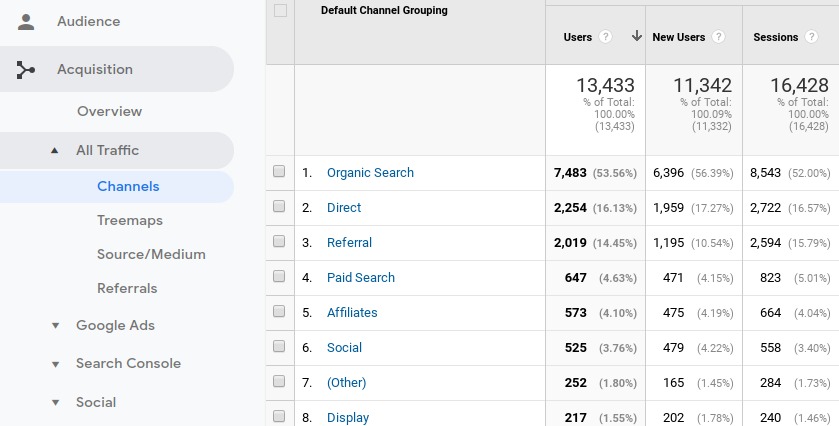



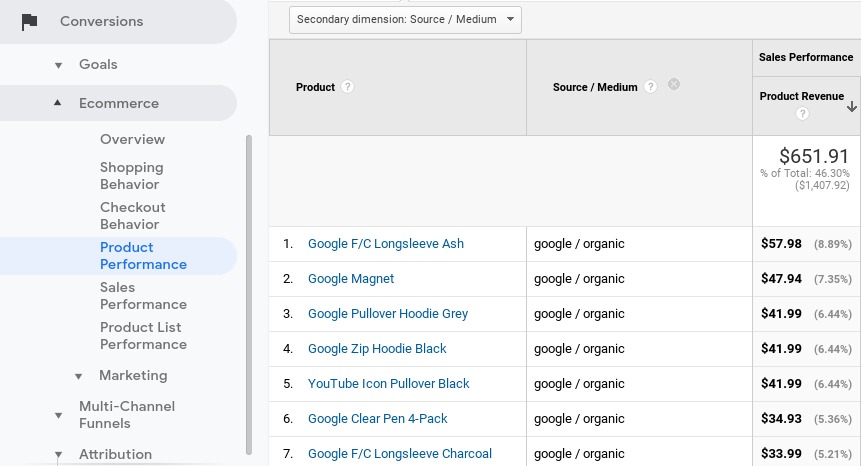

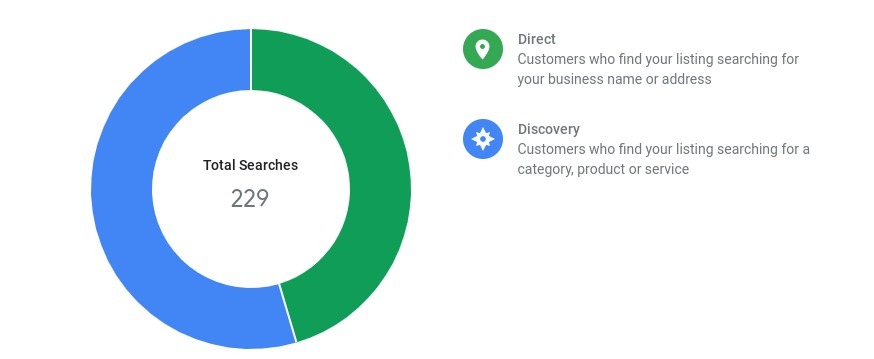
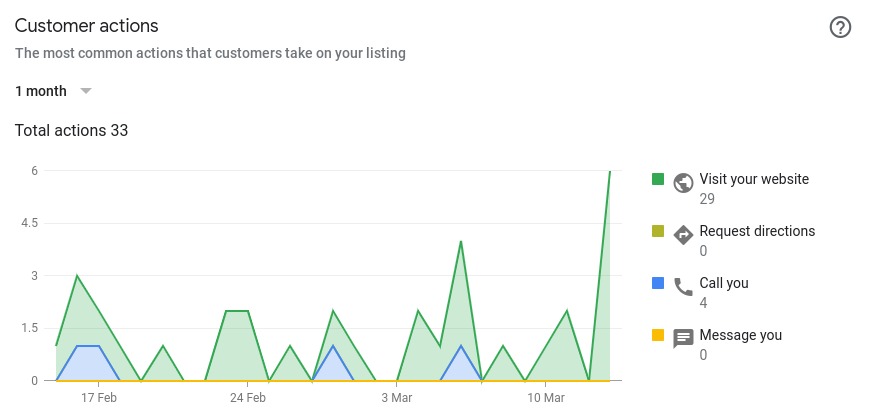
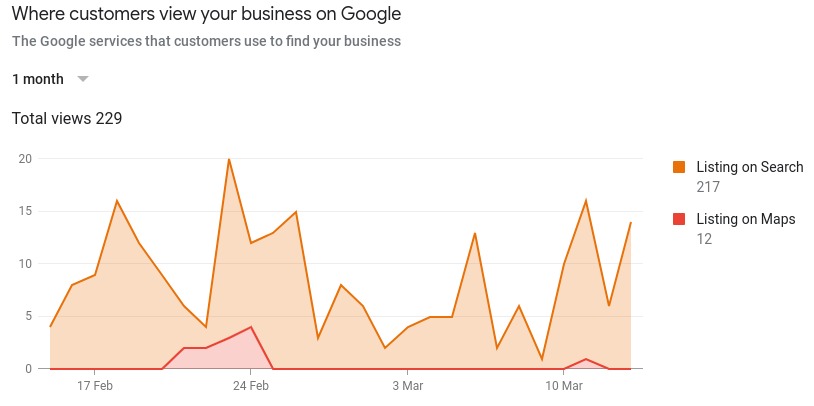



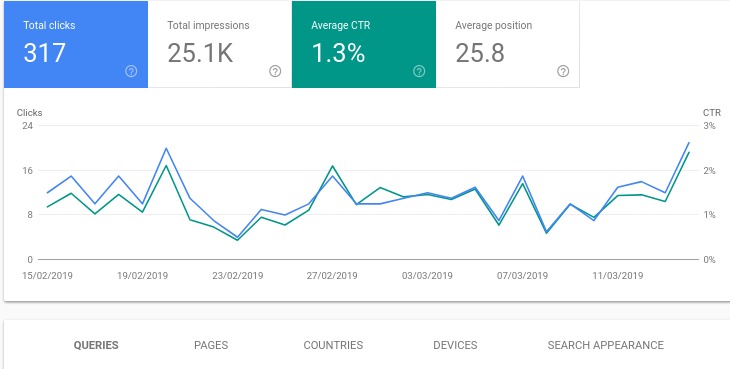












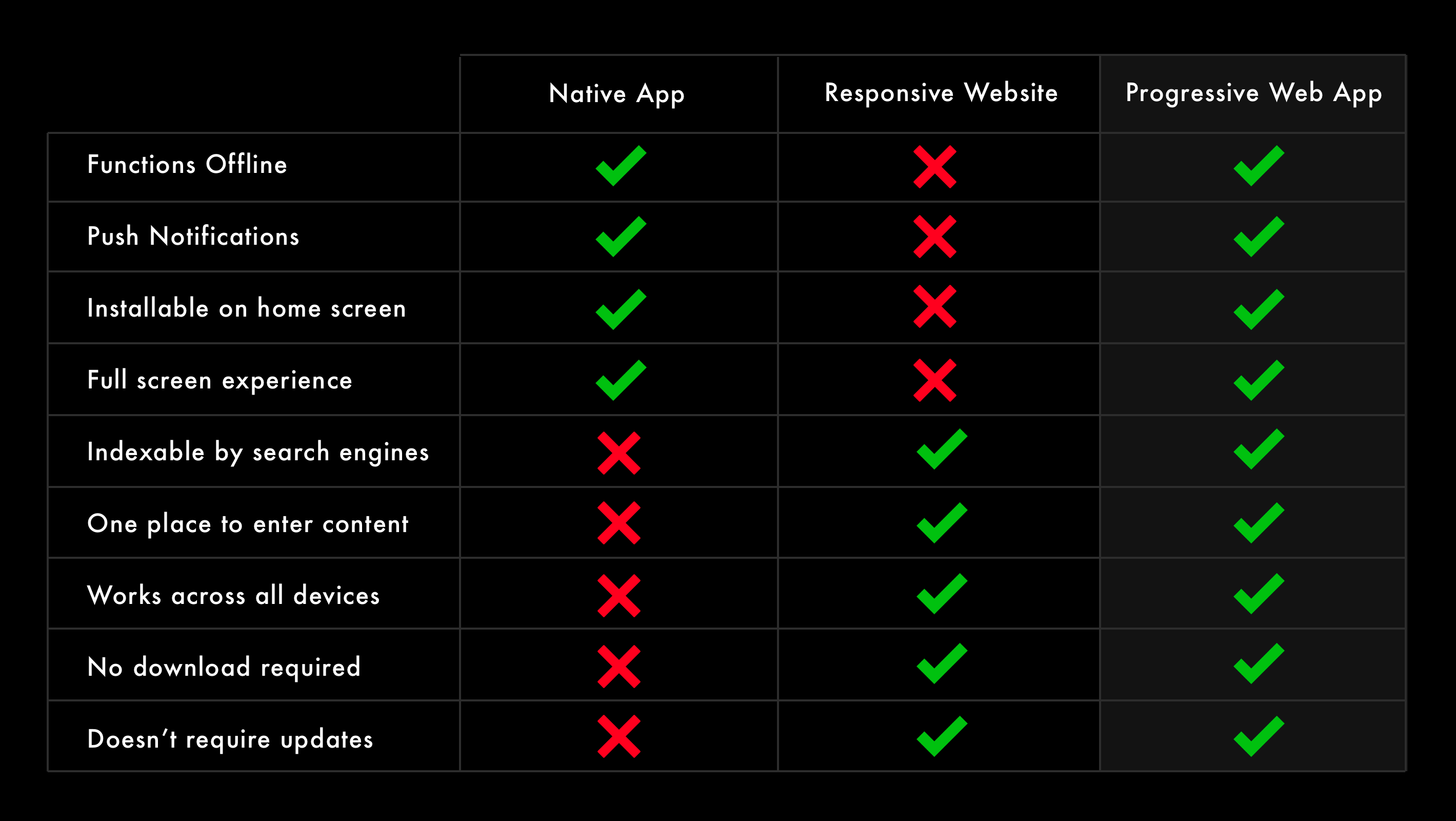










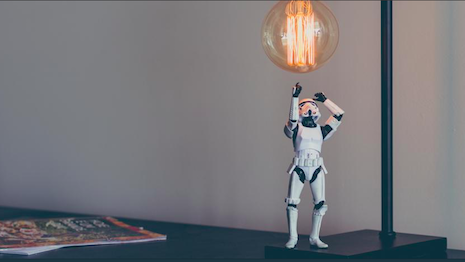
 Artificial intelligence and machine learning are increasingly important aids in marketing and retailing decision-making. Image credit: Pattern89
Artificial intelligence and machine learning are increasingly important aids in marketing and retailing decision-making. Image credit: Pattern89 R.J. Talyor is founder/CEO of Pattern89
R.J. Talyor is founder/CEO of Pattern89






